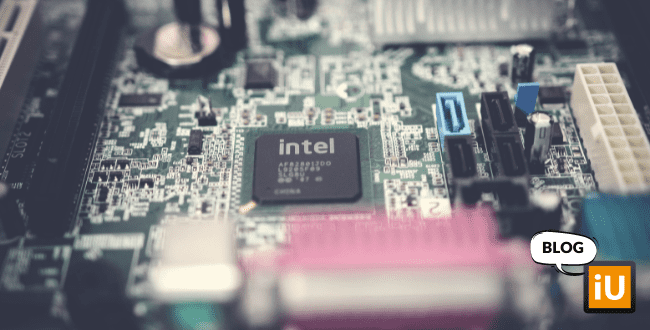11/04/2021

Which processor do I need?
All MacBooks may look very similar on the outside, but appearances can be deceiving. Underneath their sleek aluminum bodies, the models differ greatly. But what do terms like i5, GHz, and TurboBoost actually mean?
All the specifications are interconnected. For example, it might seem obvious that an i3 DualCore processor with a 3.2 GHz clock speed is faster than an i5 QuadCore with 2.0 GHz, but in practice, that’s not the case. To provide more clarity, we’ve outlined all the types below.
Type of processor
In short, the general rule is: the higher the number, the better the processor. Every MacBook contains an Intel Core processor, and there are four different types: the i3, i5, i7, and i9. We’ll explain these in more detail later.M1 Chip
Recently, Apple developed a new M1 chip specifically for Macs. Older Mac models always contained multiple chips: a processor and additional chips for things like memory and security. The M1 chip combines all of this into one chip. As a result, Macs with these chips are faster and need to be charged less often. However, this is still a fairly recent development, so support is not yet fully optimized.Cores
The number of 'cores' in your processor indicates how many different tasks your MacBook can handle at once. The more cores the processor has, the more demanding programs it can run simultaneously. These cores are indicated by the following terms:- Dual Core: 2 cores
- Quad Core: 4 cores
- Hexa Core: 6 cores
- Octo Core: 8 cores
- Deca Core: 10 cores
Clock speed, GHz, and Turbo
The speed of the processor is measured in GHz. The higher the GHz, the faster the processor. When running demanding programs, your MacBook can temporarily increase its speed using a 'turbo' function, which boosts the processor’s GHz for a short time.All the specifications are interconnected. For example, it might seem obvious that an i3 DualCore processor with a 3.2 GHz clock speed is faster than an i5 QuadCore with 2.0 GHz, but in practice, that’s not the case. To provide more clarity, we’ve outlined all the types below.

